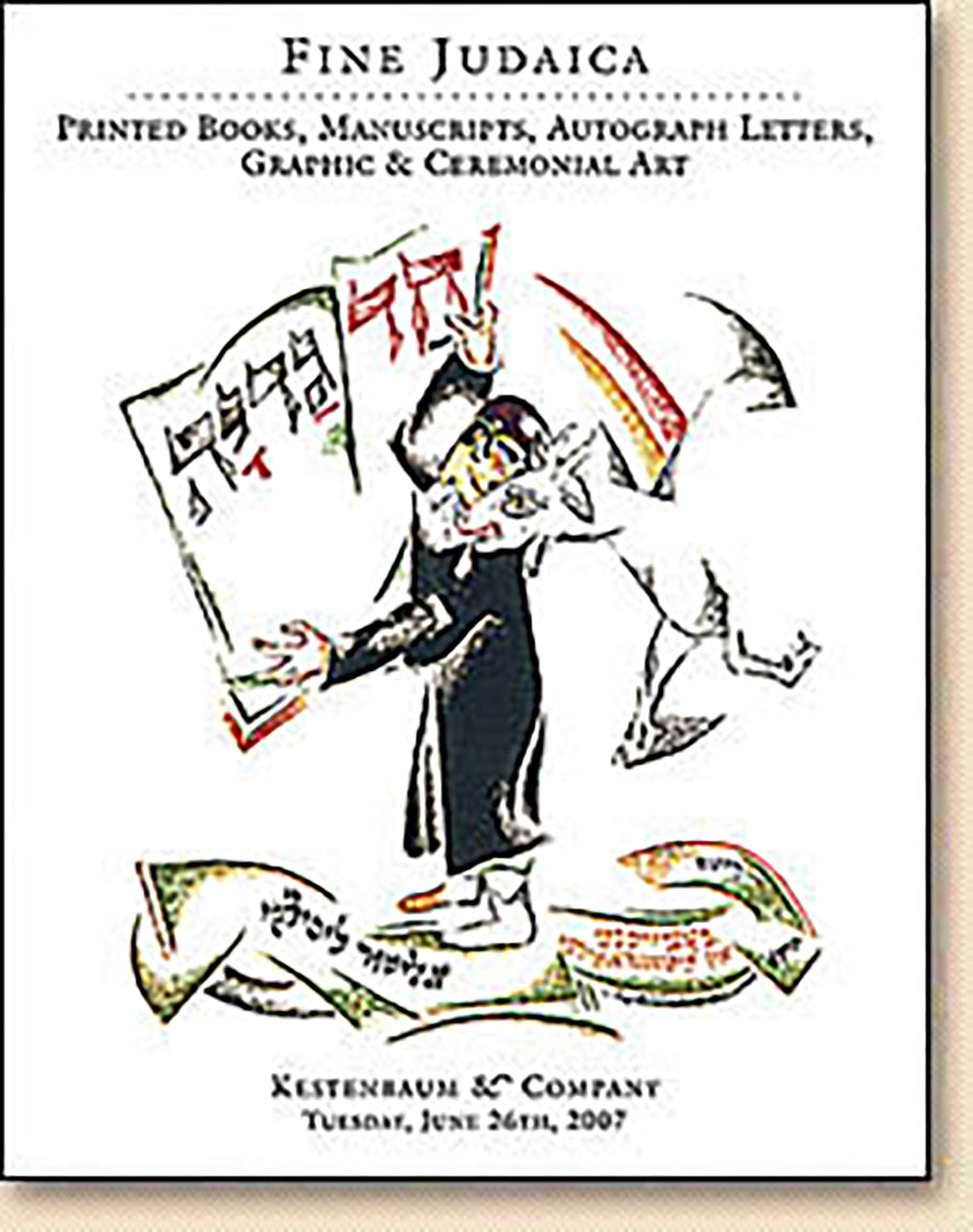Sepher Ha-Bahir

AUCTION 37 |
Tuesday, June 26th,
2007 at 1:00
Fine Judaica: Printed Books, Manuscripts, Autograph Letters, Graphic & Ceremonial Art
Lot 127
(KABBALAH)
Sepher Ha-Bahir
Amsterdam: Yehuda ben Mordecai and Samuel ben Moshe Ha-Levi 1651
Est: $1,000 - $1,500
PRICE REALIZED $1,000
Bahir or Sepher Ha-Bahir ("Book of the Brightness") is an anonymous mystical work, attributed pseudepigraphically to a first century rabbinic sage Nechunia ben ha-Kanah (a contemporary of Yochanan ben Zakai). Among medieval Kabbalists it became known as Sepher ha-Bahir, taken from its opening comment, "And now men see not the light which is bright (bahir) in the skies" (Job 37:21).
The Bahir assumes the form of an exegetic midrash on the first chapters of Genesis. It is divided into sixty short paragraphs, and is in the form of a dialogue between master and disciples. The Bahir contains commentaries explaining the mystical significance of Biblical verses; the mystical significance of the shapes of the Hebrew letters; the mystical significance of the cantillation signs and vowel points on the letters; the mystical significance of statements in the Sepher Yetzirah ("Book of Creation"); and the use of sacred names in magic. There are two hundred aphorism-like paragraphs. Each paragraph uses references from the Torah to expand upon their presentations. As with all Kabbalistic texts the meanings are highly symbolic and subject to numerous opportunities for interpretation.
One of the most accurate manuscripts of the final form of Sepher Bahir was written in 1331 by Meir ben Solomon Abi-Sahula; his commentary on the Bahir was anonymously published as Or ha-Ganuz, "The Hidden Light". It has been translated into German by Gershom Scholem (1923) and into English by Aryeh Kaplan. Recently it has been critically edited by Saverio Campanini.
